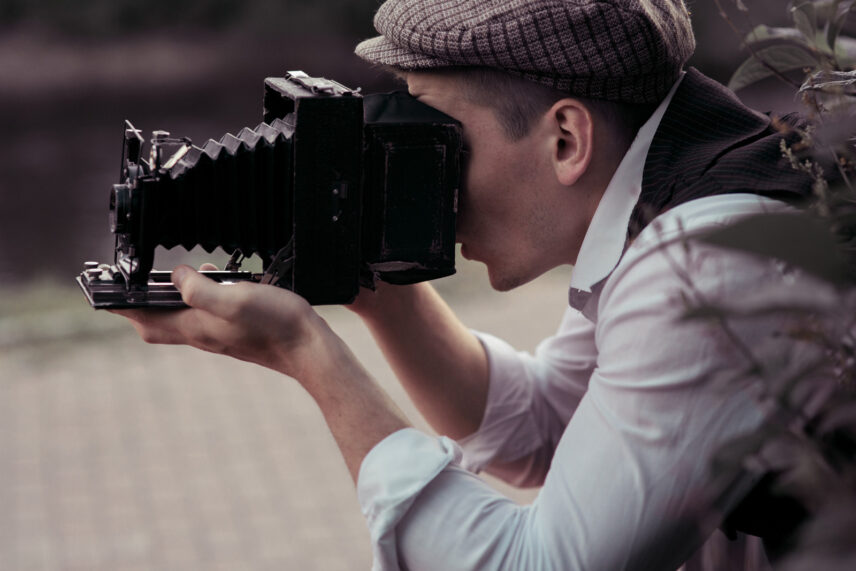
Skip to Section
Introduction
Imagine a dark room, a tiny hole in one wall, and through it, the world outside appears upside down on the opposite wall. This is the magic of the camera obscura. For centuries, this simple yet profound invention has captivated the minds of artists, scientists, and curious souls.
In this blog post, we’ll explore the history, science, and enduring legacy of the camera obscura.
The Birth of A Projected Image
The concept of the camera obscura dates back to ancient times. The term itself is Latin for “dark room,” and the earliest known references come from Chinese and Greek philosophers. Mozi, a Chinese philosopher from the 5th century BCE, described a device that projected an image onto a screen. Similarly, Aristotle noticed the phenomenon of light passing through a small hole and projecting an image. These early observations laid the groundwork for what would become a revolutionary tool in art and science.
The camera obscura became more than just a curiosity with the Renaissance. Artists like Leonardo da Vinci used it to study perspective and light, creating more realistic and detailed works. The device allowed them to trace scenes directly onto paper or canvas, making it an invaluable aid in the quest for artistic perfection.
How Light Shapes the Image
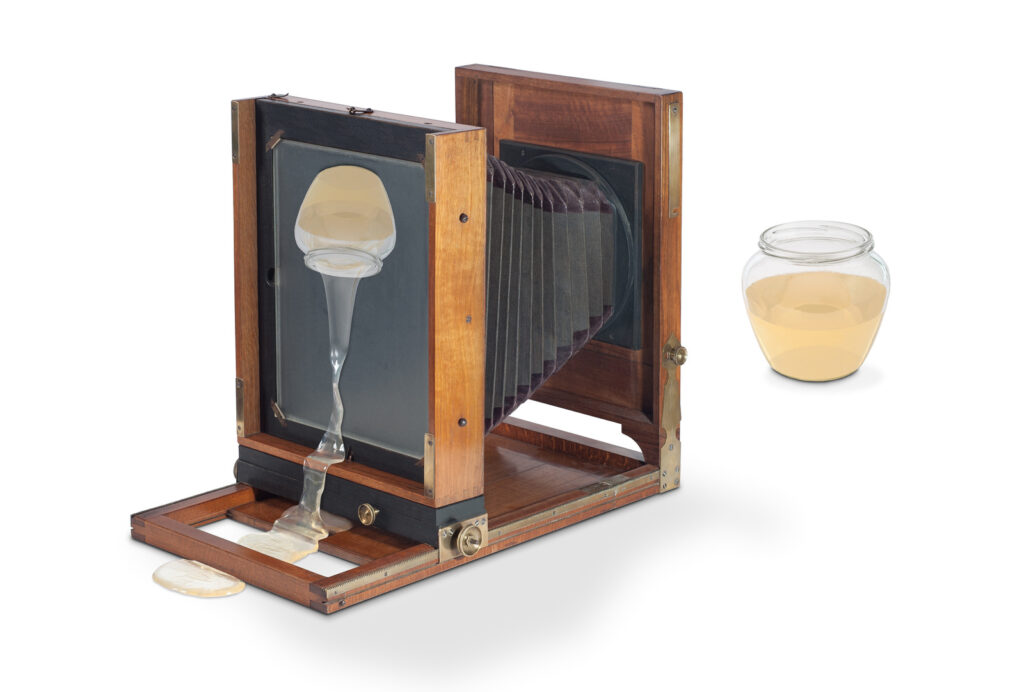
At its core, the camera obscura operates on simple principles of light and optics. When light passes through a small hole into a darkened space, it travels in straight lines and projects an inverted pinhole image of the outside world onto the opposite surface. This phenomenon occurs because light rays reflecting off an object travel in all directions. The rays that pass through the hole converge and then spread out again, creating an upside-down image.
This principle is the foundation of all modern photography and any optical device. Understanding how light behaves allows us to manipulate it in various ways, from lenses in digital cameras to the screens on our smartphones. The camera obscura is a testament to the power of observation and the wonders of natural phenomena.
The Darkened Room
Creating a darkroom is crucial to the camera obscura’s operation. The smaller the hole, the more focused and detailed the image projected will be. Light from outside must also be limited for optimal viewing conditions. Hence, early versions of a camera obscura were often portable enclosures with only one small window or door to let light in.
Today, we have advanced tools like digital cameras and projectors that use lenses to manipulate light and create images without the need for a darkened room or darkened space. However, there is something special about experiencing the simple magic of a camera obscura in its original form – a reminder of our connection to the natural world.
Capturing History
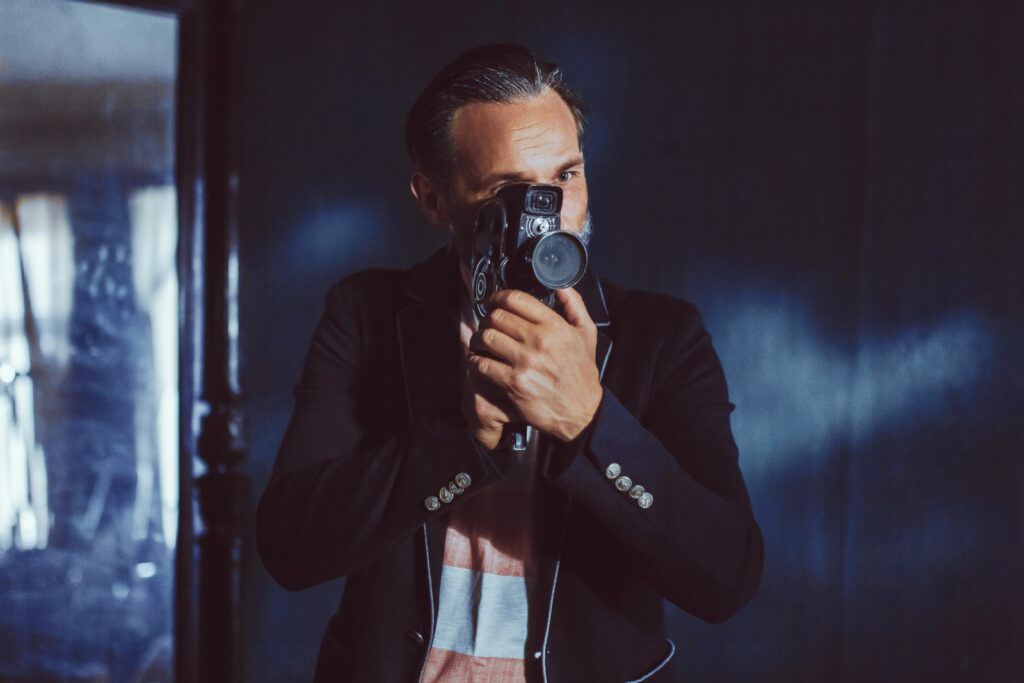
Throughout history, camera obscura has played a crucial role in art and science. During the Renaissance, it was a popular tool for artists who wanted to achieve accurate perspective and detail in their work. Johannes Vermeer, a Dutch painter, is believed to have used a camera obscura to create his masterful paintings. The device allowed him to capture intricate details and realistic lighting effects, setting his work apart from his contemporaries.
In the scientific realm, camera obscura helped astronomers make significant discoveries. Johannes Kepler, a German astronomer, used it to study eclipses and track the movements of celestial bodies. The device provided a safe way to observe the sun without damaging the eyes, making it an essential tool for early astronomers.
An angled mirror placed inside a camera obscura can flip the image right-side-up, making it easier to view and study. This simple addition is credited to Dutch scientist Johannes Zahn in the 17th century and revolutionized how we use this device.
Modern-Day Marvel
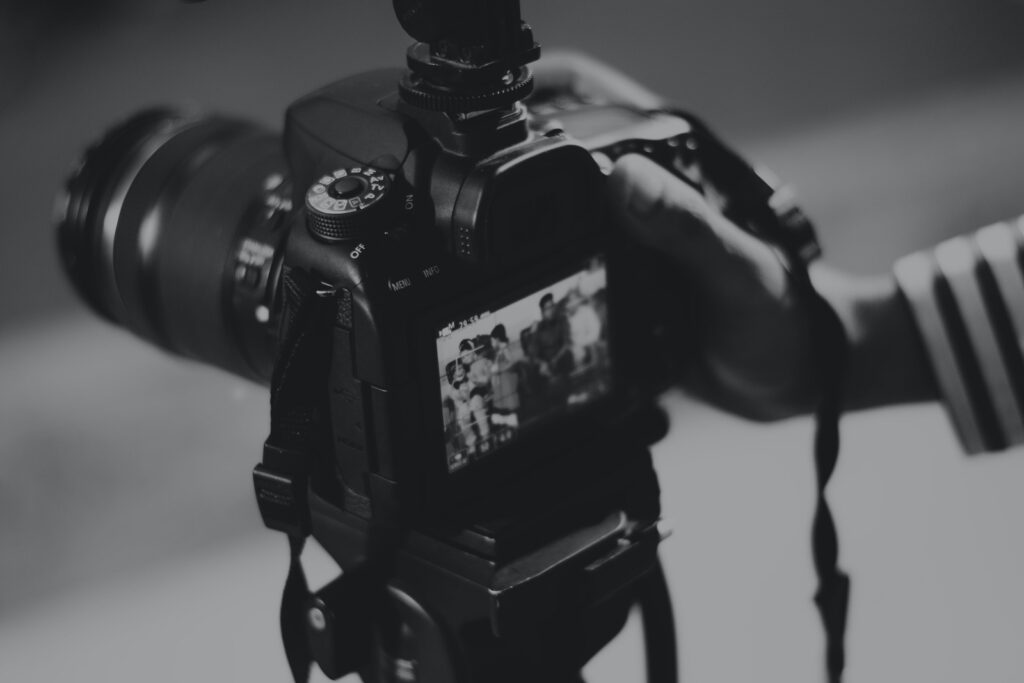
Despite advances in technology, camera obscura remains relevant today. Modern photographers and educators use it to demonstrate the basic principles of photography and optics. It’s a tangible way to understand how a modern camera, digital cameras work, offering a hands-on experience that digital devices can’t replicate.
Art installations and museums often feature camera obscuras, allowing visitors to step inside and experience the wonder first hand. These installations bridge the gap between ancient science and modern art, reminding us of the timeless fascination with light and images.
Build Your Own Camera Obscura
Creating a camera obscura at home is a fun and educational project. Here’s a simple guide to get you started:
- Materials Needed:
- A cardboard box
- Aluminium foil
- Tape
- A pin or needle
- White paper or a small screen
- Scissors
- Instructions:
- Step 1: Cut a small hole (about 1 inch) on one side of the cardboard box.
- Step 2: Cover the hole with aluminium foil and tape it securely.
- Step 3: Use the pin or needle to make a tiny hole in the centre of the foil.
- Step 4: On the opposite side of the box, tape the white paper or small screen.
- Step 5: Take the box to a dark room with a bright outdoor view. Place the box so that the hole faces the light source.
- Step 6: Look at the white paper or screen inside the box. You’ll see an inverted image of the scene outside!
This DIY project not only brings the concept to life but also offers a hands-on way to understand the basics of photography and optics.
Future Possibilities
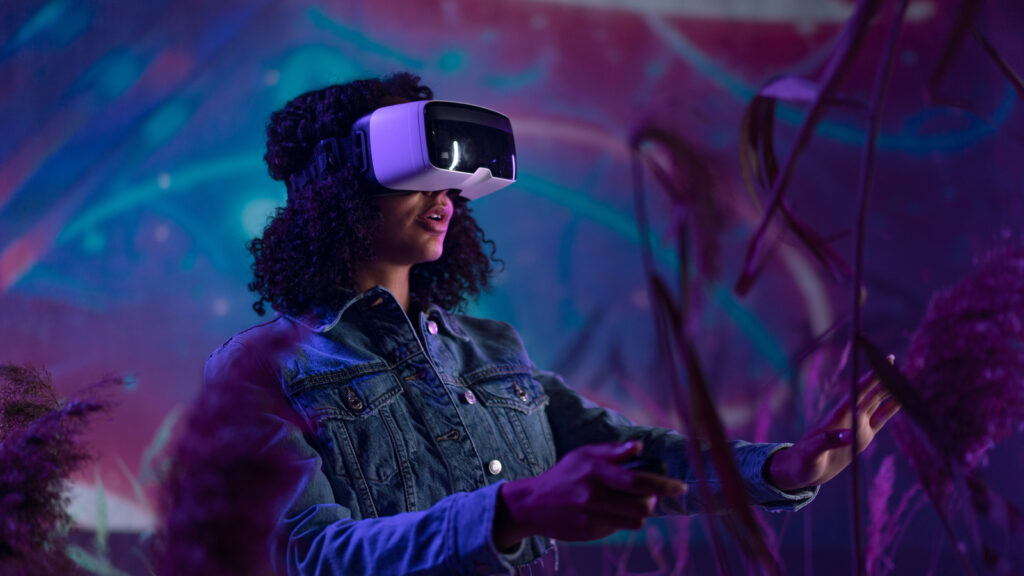
Camera obscura may be an ancient invention, but its potential continues to inspire. Modern technologies like virtual reality (VR) and augmented reality (AR) build on the principles of light and optics that the camera obscura first revealed. By understanding these foundational concepts, we can create more immersive and realistic experiences.
In education, the camera obscuras serve as a powerful teaching tool. It helps students grasp complex ideas in a simple, visual way, fostering a deeper understanding of science and art. The future of the camera obscura lies in its ability to bridge the gap between past and present, inspiring innovation in various fields.
The Timeless Appeal of the Camera Obscura
The camera obscura has left an indelible mark on both art and science. Its simple yet profound principles continue to captivate and inspire, proving that sometimes, the most remarkable discoveries come from the most straightforward observations.
No Comments yet!